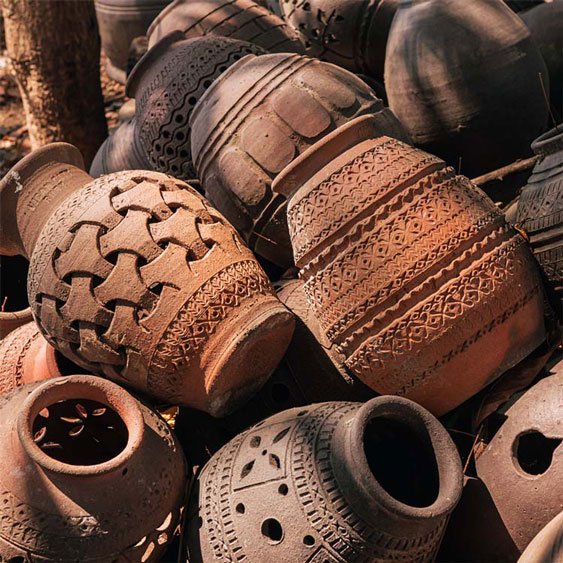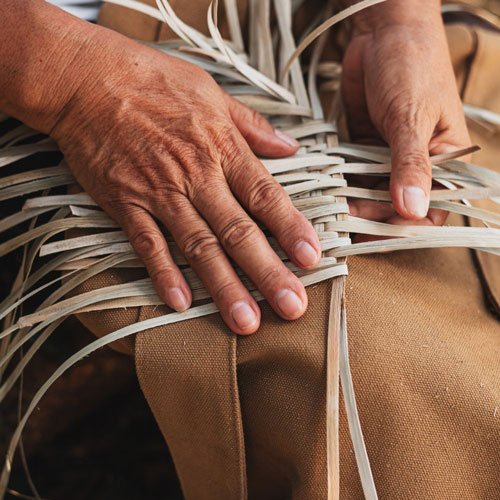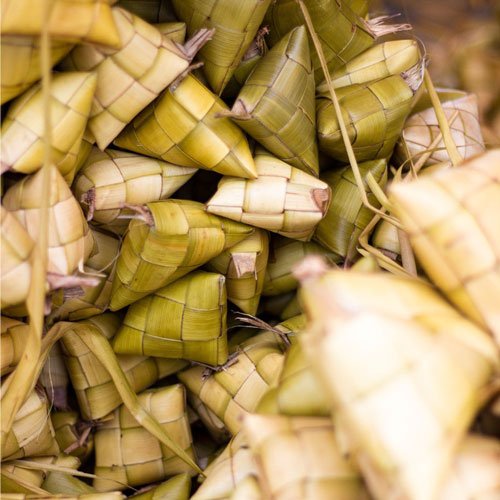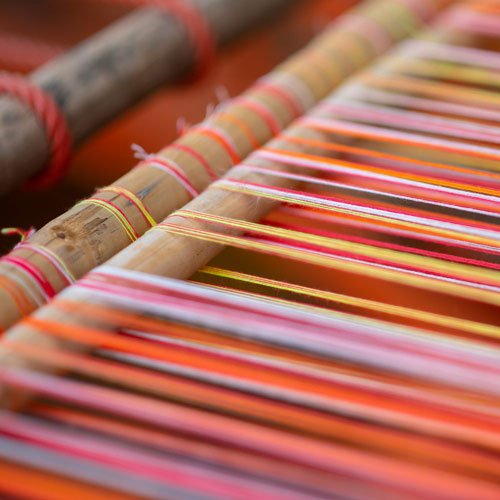People and Culture
Smiling Like The Sun
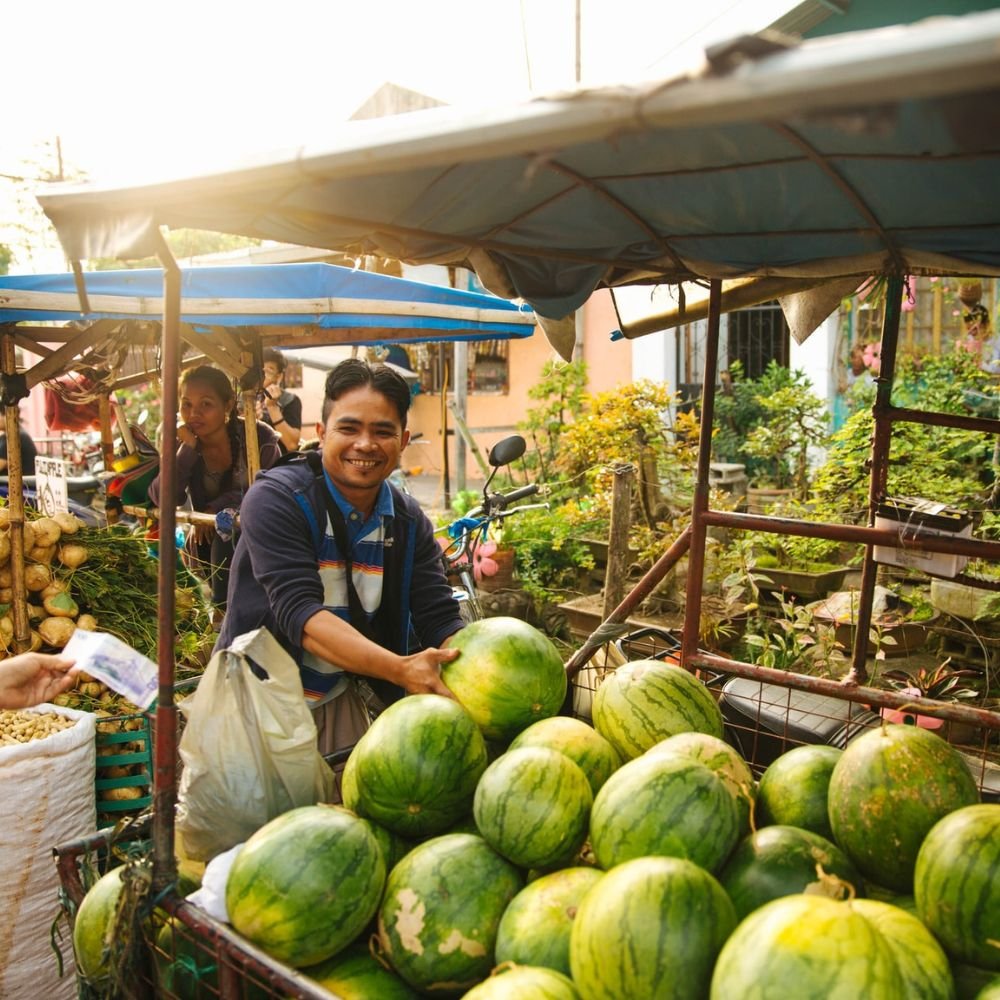
The Filipino people are known for their hospitality and kindness and being welcome to other people. Their two main languages are called Tagalog and Visayas. Tagalog is spoken in Luzon, and Visayas is spoken in the Visayas and Mindanao. But all in all there are about 182 languages. Most of the languages are part of the Malayo-Polynesian languages, a branch of the Austronesian language family. English is widely spoken and nearly everybody can at least speak basic English. And this huge English speaking population makes it the third-biggest English speaking world. But the best way into the Filipino’s heart is talking in their native language. Even by saying a simple ‘Maáyong buntag’ will draw them a big smile in their face.
Filipinos are very religious people and Christianity is the dominant faith shared by about 89% of the population. The country has the world’s third largest Roman Catholic population and the largest Christian nation i Asia. Islam is the second largest religion with about 6% of the total population. The rest is divided into other religious believes like Buddhism.
There are many ethnic groups in the Philippines which come from all the seas and mountains dividing the islands from each other. From Tagalog to Visayans, Ilocano to Dabaweno, you will find always something interesting on every island that makes it unique. There are also still existing tribes such as the Lumad, Bajau or Igorot. But, no matter where you are in the Philippines, you will never feel alone. That is the beauty of it. As foreign as you may be, they are always open to people who are new and this is why many foreigners like visiting this country.

Filipinos tend to be shy people, very humble and not too expressive in the first encounter. But this changes especially if you know them better and they invite to their home. The humbleness being makes them very warm people and this is best seen in the provinces rather than in the city where things are a little more hectic. There is a clear contrast between the city people and the people living in the provinces. The city people have adopted a more liberal culture which may have come from the lifestyle of the Americans. In fact, there are about 4.2 million Filipinos living in the United States according to a 2019 Pew Research. This shows, that the adoption of the American way of life, has also somehow had an impact in the Philippines. But you will still feel the traditional Filipino character the farther you move away from the city. As a visitor you should definitely visit the outer areas of the Philippines to experience it more.
Another characteristic is the strong family orientation they have. They have a strong bond with each other and they always try to connect the dots, meaning, they always try to figure out the family connections. Even relatives who are very far away in the family tree are still respectfully called Lolas and Lolos, Titas and Titos or cousins and nieces, and they are still considered family and remembered as such. This is why, if ever you will experience a wedding or another event, you will always meet a lot of people and everyone of them will know how they are related to each other. Or, let’s say most of the them. This strong bonding also takes away the shyness within the family and you might be surprised that even people will start to sing, who seem not very expressive. All because they are within the family and no one has to worry not to be accepted. Because all are.
Cultural Inheritance
With the discovery of a 3,500 year old jar from the Manunggul Cave in Palawan, it has been proven that the Philippines has began doing pottery already as early as the Neolithic period. The Manunggul jar is considered as one of the finest precolonial artworks of Philippine ceramics. Pottery jars were for all kinds of things such as cooking utility, storing water or used as vases.
The Filipino culture also has a long tradition of weaving. With the usage of native materials such as abaca and pineapple fibres they create wonderful patterns and clothing wears that have a unique style and represent the long history that dates back to the 13th century. There has been an upcoming trend in those traditional made products in recent years that showed that even in today’s modern times, there are things that cannot be replaced by technology. Hand-weaving is not just used for clothing but also for rice basket to cook rice. Filipinos call them Pusô, which is a woven rice basket. You will find it especially in Cebu provinces.
